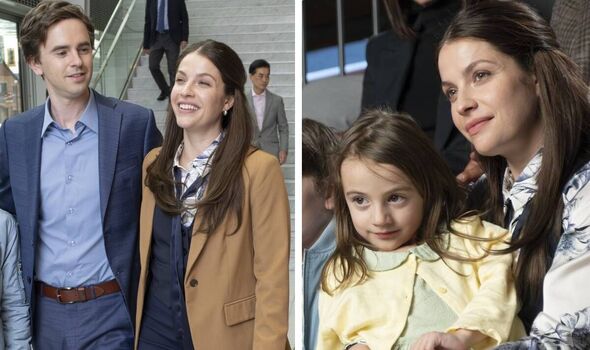
Over its seven-season run, The Good Doctor has left an indelible mark on television, not just as a medical drama but as a groundbreaking series that challenged stereotypes about autism and savant syndrome. At the heart of the show is Dr. Shaun Murphy, played by Freddie Highmore, whose journey as a brilliant surgeon with autism and savant syndrome has sparked meaningful conversations about neurodiversity, inclusion, and acceptance.
Humanizing Autism
From the very beginning, The Good Doctor set itself apart by portraying autism in a way that emphasized humanity over generalizations. Dr. Shaun Murphy was not reduced to a list of symptoms or a stereotype; instead, he was shown as a multi-faceted individual with dreams, fears, and relationships. His autism was an important part of who he was, but it never defined him entirel. Freddie Highmore’s performance was instrumental in breaking down misconceptions about autism. With careful research and consultation with experts, Highmore brought authenticity and depth to Shaun’s character. The show’s creators also worked closely with autism consultants to ensure that the representation was both accurate and respectful, setting a new standard for how neurodivergent characters can be depicted in mainstream media.
Spotlighting Savant Syndrome
While savant syndrome is often sensationalized in pop culture, The Good Doctor took a more nuanced approach. Shaun’s extraordinary medical skills and photographic memory were not portrayed as mere “superpowers,” but as tools he learned to use effectively despite the challenges he faced. By grounding these abilities in reality, the show avoided exaggeration and instead focused on how Shaun’s unique perspective brought value to his team and patients. The series also highlighted the misconceptions surrounding savant syndrome, reminding audiences that not all individuals with autism possess savant abilities and that each person’s experience is unique. This balanced portrayal helped educate viewers while celebrating Shaun’s incredible talents.
Challenging Workplace Bias
One of the most compelling aspects of The Good Doctor was its exploration of the biases Shaun faced in the workplace. From skeptical colleagues to wary patients, Shaun often had to prove his worth in an environment that doubted his abilities. His journey underscored the importance of inclusion and the need to challenge preconceived notions about who is capable of excelling in demanding fields like medicine. The show’s portrayal of Shaun’s professional challenges and triumphs resonated deeply with audiences, particularly those who have experienced similar obstacles in their own lives. By showcasing Shaun’s growth and resilience, The Good Doctor became a powerful advocate for workplace diversity and acceptance.
Inspiring Conversations About Neurodiversity
Beyond its storytelling, The Good Doctor sparked a global conversation about neurodiversity. Families, educators, and advocacy groups praised the show for its role in raising awareness and fostering understanding. Many viewers shared stories of how Shaun’s character inspired them to reconsider their perceptions of autism and embrace a more inclusive mindset.
A Legacy of Change
As The Good Doctor concludes, its legacy is one of breaking barriers and reshaping narratives. The show demonstrated that individuals with autism and savant syndrome are not defined by their diagnoses but by their strengths, passions, and humanity. By challenging stereotypes and promoting empathy, The Good Doctor has paved the way for more inclusive representation in media. In the end, Dr. Shaun Murphy’s story is a reminder of the power of storytelling to change hearts and minds. While the series may have ended, its impact will continue to inspire and educate for years to come, leaving behind a powerful legacy of acceptance and understanding.
